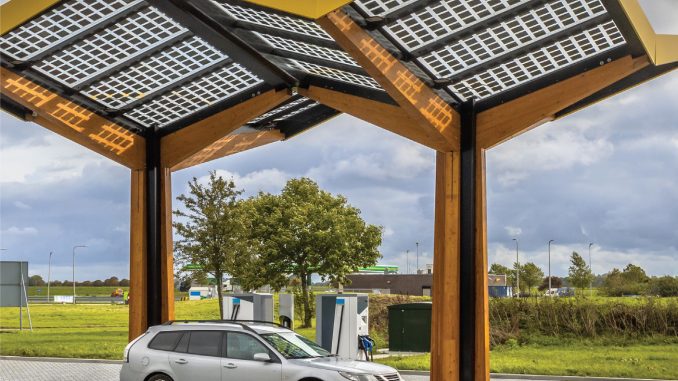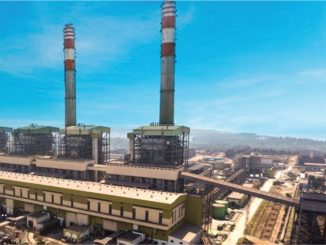
India’s total installed renewable power capacity, excluding large hydropower, crossed the 100 GW milestone this month. With this latest achievement, the country ranks fourth on the world stage in terms of installed renewable energy capacity. Moreover, with roughly 44 GW of solar and 40 GW of wind installations, it ranks fifth in solar power and fourth in wind power at a global level. Apart from the 100 GW of clean energy installations, India has 50 GW of capacity under implementation and roughly 27 GW at various stages of bidding, which helps the country retain its position as a global renewable energy leader.
While much of the growth in the past decade has been on account of massive solar and wind power projects auctioned at record low tariffs with interstate transmission system connectivity, the new decade has brought with it a slew of new and exciting opportunities in the renewables space.
The focus is now slowly shifting from purely solar or wind power projects to hybridisation of two or more resources for a more balanced energy output. Further, energy storage has emerged as the new central actor in the power supply chain. These two factors have led to various new bid designs including solar-wind hybrids, blending of solar and wind, and round-the-clock power.
Moreover, governments and utilities are now realising the benefits of local generation and consumption of renewable energy for optimising load demand and supply, and minimising losses. Thus, there is a focus on promoting distributed renewable energy through various alternative power procurement models not limited to the captive, group captive, open access and power trading mechanisms. Regulations are being formulated at an active pace to iron out the issues in these spaces, the most recent ones being the Draft Electricity (Promoting Renewable Energy Through Green Energy Open Access) Rules, 2021, notified in August 2021, and a discussion paper on redesigning the renewable energy certificate mechanism in June 2021.
Finally, the green hydrogen market, although at a nascent stage, has fast become a priority segment in the clean energy space. In fact, its strategic importance can be gauged from the launch of the National Hydrogen Mission by Prime Minister Narendra Modi during India’s 75th Independence Day celebrations. Through this mission, India aims to become the new global hub for green hydrogen, and also its major exporter. Moreover, plans are in place to make it mandatory for refineries and fertiliser plants to procure a set percentage of green hydrogen.
Overall, with increasing diversification of the renewable energy mix and a renewed focus on alternative power procurement models, India is strongly positioned to achieve its ambitious renewable energy targets of 450 GW of total installed capacity by 2030.



